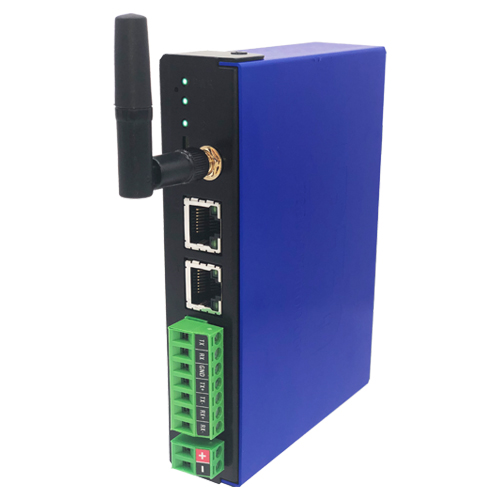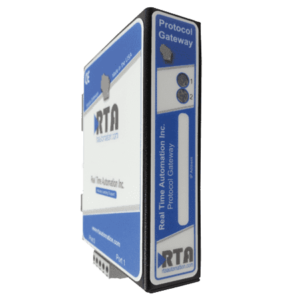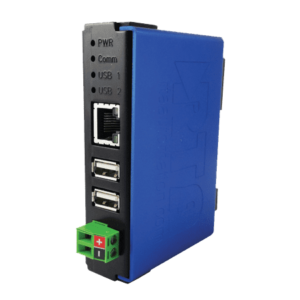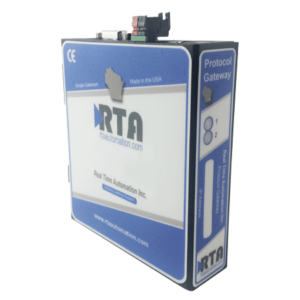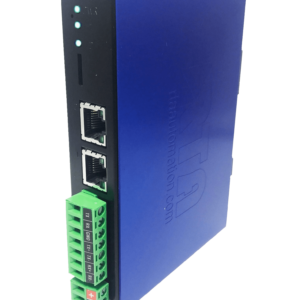Web Client Access to Data to Modbus RTU Slaves Data
A simple way to access Registers and Coils in Modbus
460MMWI
$NZD 1,345.48 - $NZD 1,914.62
Please note, site orders are made via credit card. Please contact sales@techstep.co.nz if you require support to purchase directly.
Product Description
Easily Access Registers and Coils in Modbus
Modbus may be older technology but thousands, if not tens of thousands, of Modbus devices are still measuring, metering and analyzing; probably some in your factory. Now, with the 460MMWI, you have an easy way to pull Modbus RTU Slave register and coil data into your web applications. Use that data to easily build a HTML5 dashboard, archive data or create a sophisticated alarm system. The 460MMWI gets you the data – you just have to make use of it.
How Do I Get Modbus Slave Data?
There are only two steps to accessing your Modbus Slave data. First, you configure the 460MMWI using the easy to use, browser-based configuration pages. You’ll identify the address of the Modbus Slaves to access, and the registers and coils you want to read. Once that’s complete, you’ll just issue standard HTTP GET instructions to move that data into your application. It’s that easy.
How is the Modbus Data Represented?
In your GET you can request either a JSON or XML data string containing tags for the Registers or Coils you identified. In XML, you’ll get something like <Speed105>523<Speed105>. In JSON, you’ll get “Speed105:523” for the same register. The leading 4 in the tag name identifies the notation as a holding register.
What Web Client Applications Can I Use?
You can access the JSON or XML tags from any web application tool including Python, PSP and other similar tools.
Why Use Real Time Automation as a Gateway Supplier?
When you call, a live person answers the phone. When you talk with sales, you will get honest answers and recommendations. When you get support, it is from an engineer who had a hand in the product’s development, and support doesn’t require a ticket or 24-hour wait. Try the RTA difference today.
- Manual
- 3’ power cable with flying leads
- 5-year hardware warranty
- IPSetup software — automatically locates RTA gateway on the network
- Unlimited firmware feature upgrades for life
- CAT5 cross over cable for direct connection to PC during programming
- Complete, unlimited access to our industry leading support staff
Web Interface Features
Max Web Interface Connections: 1 (Gateway acting as Client) / Unlimited (Gateway acting as Server)Encodings: JSON, XML
Proxy Support: HTTP, SOCKS5 for Client
Maximum Number of Input Data Points: 1000 JSON Fields or 1000 XML Tags
Maximum Number of Output Data Points: 1000 JSON Fields or 1000 XML Tags
HTTP Services: Client: POST only; Server: GET and POST
Modbus RTU Master Features
Modbus Operation Modes: Modbus RTU MasterFunction Codes Supported: 1, 2, 3, 4, 5, 6, 15 & 16
Swapping: Byte and Word Swapping
Maximum Modbus RTU Slave Devices: 32
Number Read/Write Scan Lines per RTU Slave Device: 200 Total - 100 reads & 100 writes
Scan Line Support: Up to 125 Registers or 512 Coils
Gateway Security
You can configure up to nine different users with access to diagnostic and configuration screens.
Alarming
Set <, <=, >=, >, ==, !=, and Change-of-State rules on any data moving through the gateway. If alarm rule is triggered an email notification can be sent.
Translation Table
Allows for data manipulation during protocol translation. Scaling and other data format changes can occur in the gateway.
Status and Counters
Protocol specific status, counters and error messages are accessible within the gateways diagnostics page. They can also be delivered to a connected device.
Diagnostic Logging Page
Allows users to see and log start up sequences, protocol specific messages & error messages.

